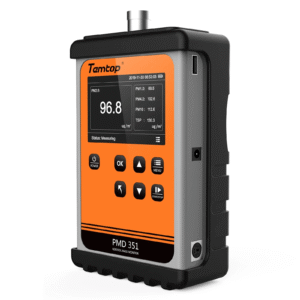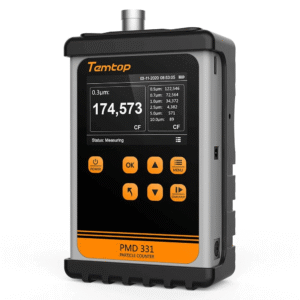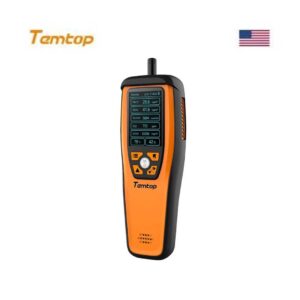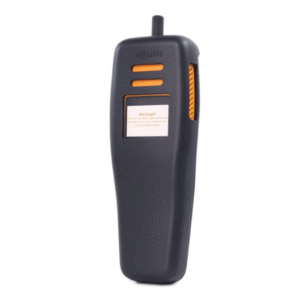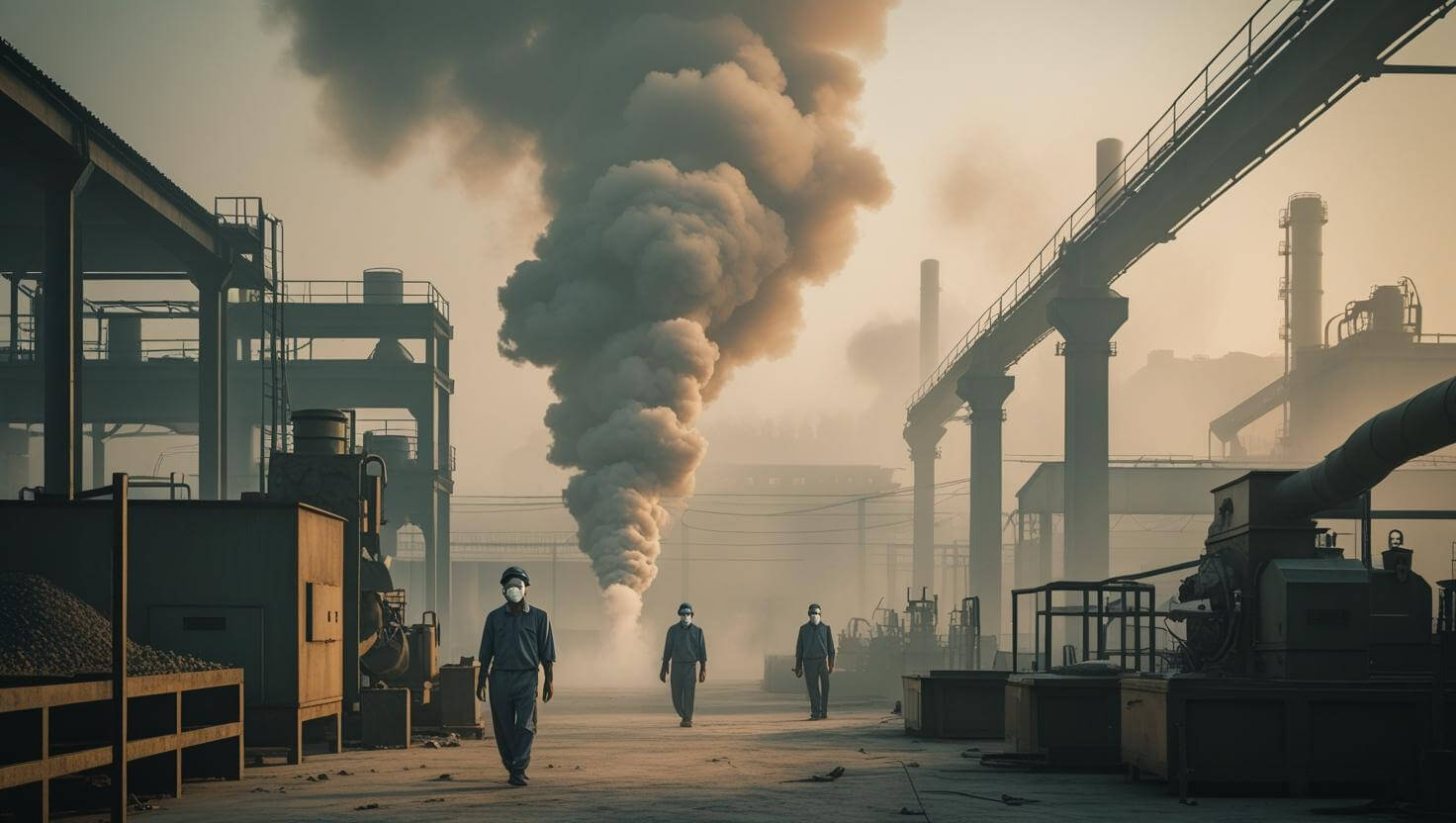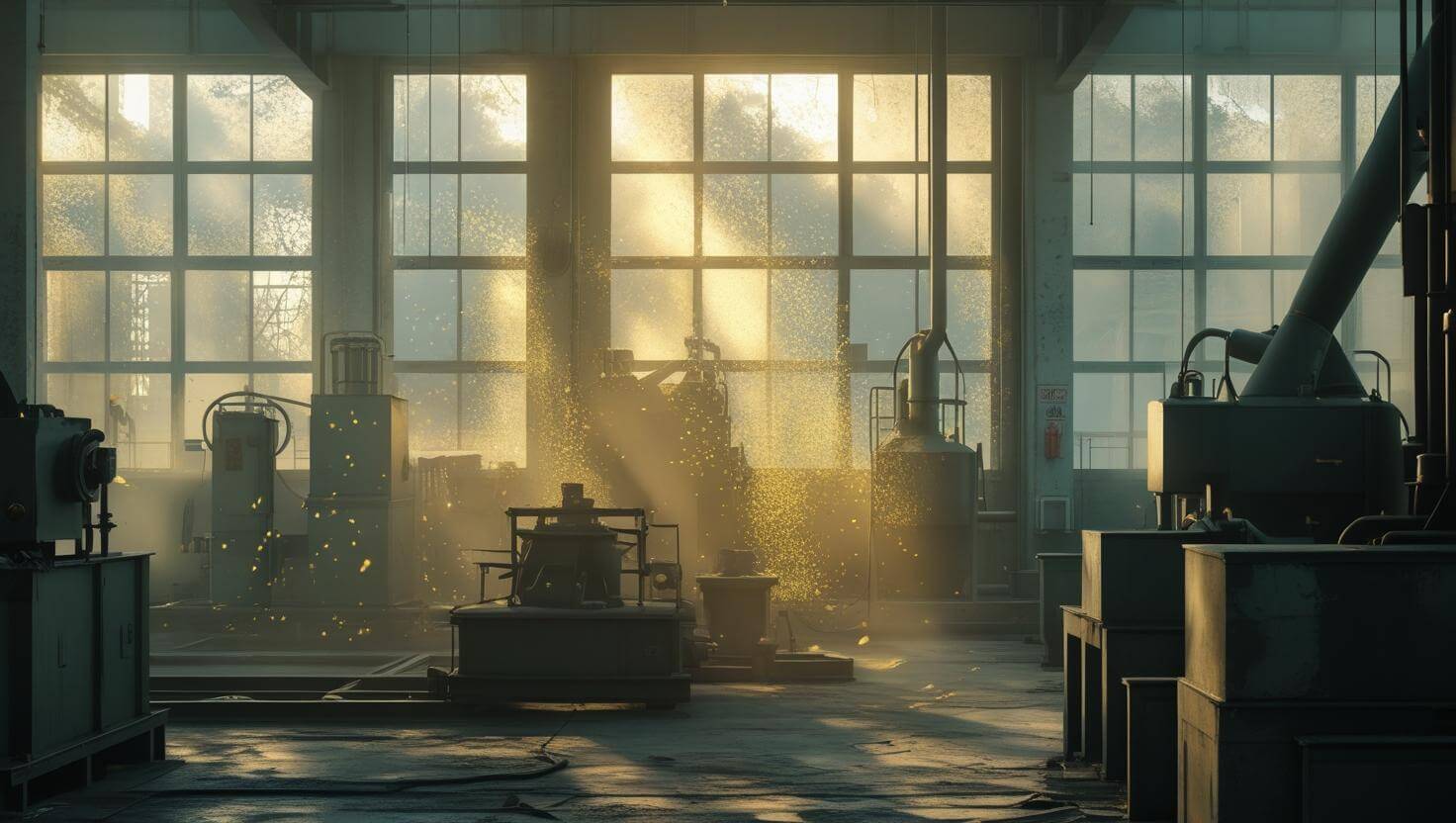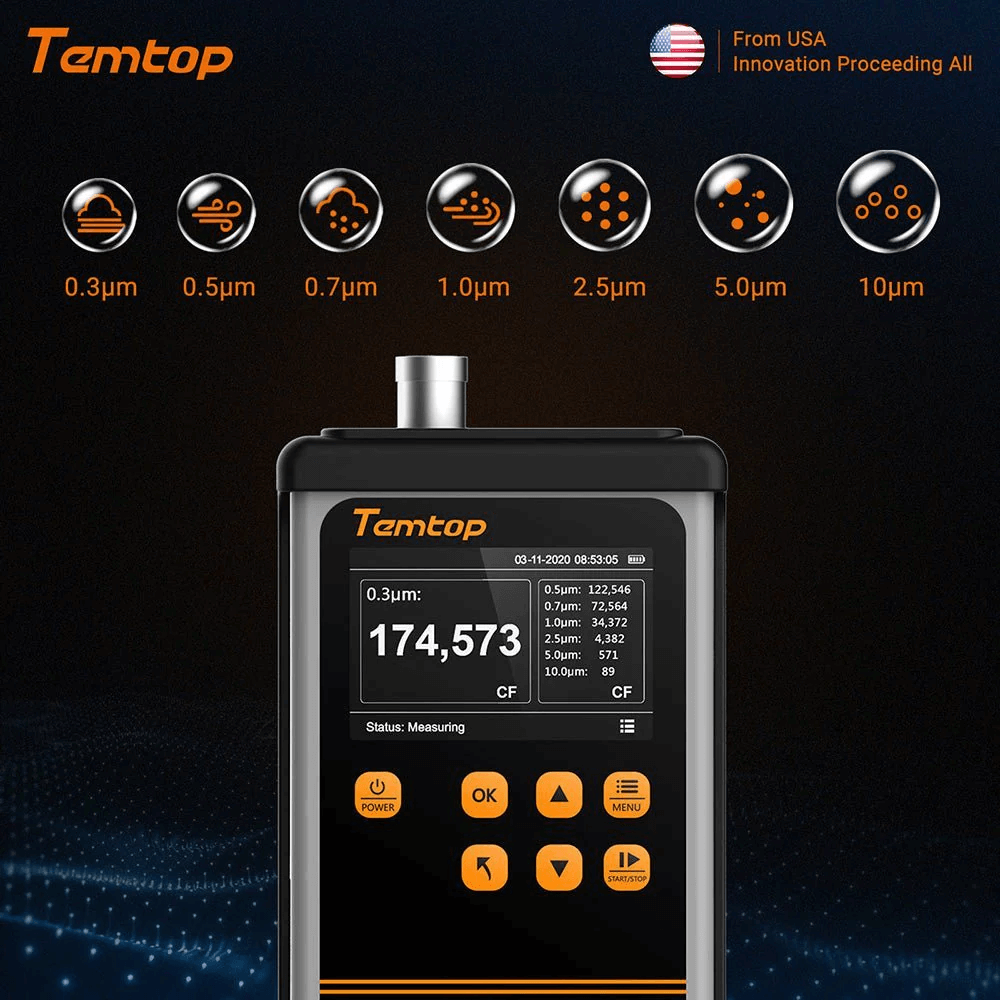Showing all 3 resultsSorted by average rating
-

Overview & Target Applications The Temtop PMD 351 is a battery-operated, handheld aerosol mass monitor and particle counter, engineered for robust performance in field and industrial settings. With five simultaneous channels (PM1.0, PM2.5, PM4.0, PM10, and TSP), it offers comprehensive particulate mass concentration tracking in real time. At approximately 850 g (32 oz) and measuring around 170 × 110 × 48 mm, the…
-

Introduction to the PMD 331 The Temtop PMD 331 is a portable, professional-grade handheld particle counter engineered to meet ISO 21501‑4 standards. It measures airborne particulate concentrations across seven size channels—0.3 µm, 0.5 µm, 0.7 µm, 1.0 µm, 2.5 µm, 5.0 µm, and 10 µm—providing granular insight into air quality. Its rugged all‑metal, precision optical‑mechanical construction enhances interference resistance, making it suitable for industrial cleanrooms, filter…
-


฿7,990.00The Temtop Air Quality Monitor provides clear insights into your indoor environment. It displays PM2.5 levels, AQI, temperature, and humidity, helping you track air quality with ease.
End of content
End of content
